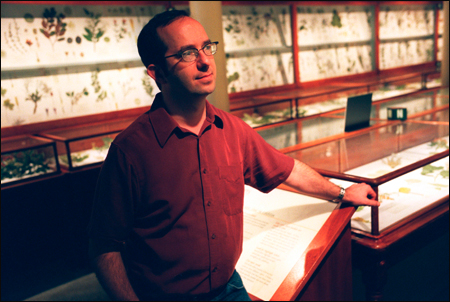Researchers push cereal use back 10,000 years

A 23,000-year-old hunter-gatherers’ camp submerged under the Sea of Galilee for millennia has provided Harvard researchers with new information about early human diets, showing that grains were staple foods 10,000 years earlier than previously thought and shedding new light on agriculture’s roots.
The site, called Ohalo II, was discovered in 1989 after water levels dropped dramatically as a result of severe drought coupled with increased pumping for human use.
The site’s remains were preserved under the lake’s waters and included plant materials, which unlike stone or bone are rarely recovered from periods as long ago as 23,000 years.
Among the 19,000 grass seeds found were a significant number of wild wheat and barley seeds, pushing wild cereal use back much earlier than previously known.
More remarkable was the vast quantity of seeds from small-grained grasses, the first evidence that people had relied extensively on this labor-intensive food source.
For full Gazette story, see http://www.news-harvard.go-vip.net/gazette/gazette/2004/07.22/07-grain.html.




